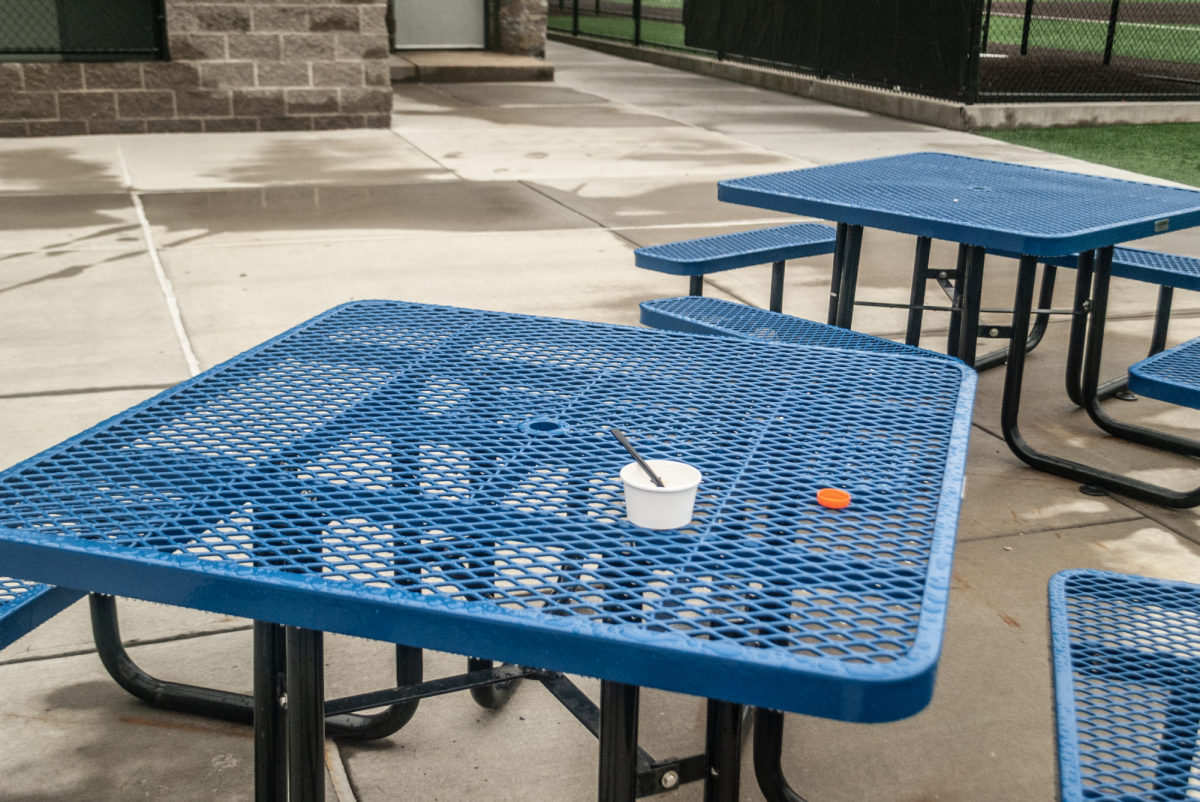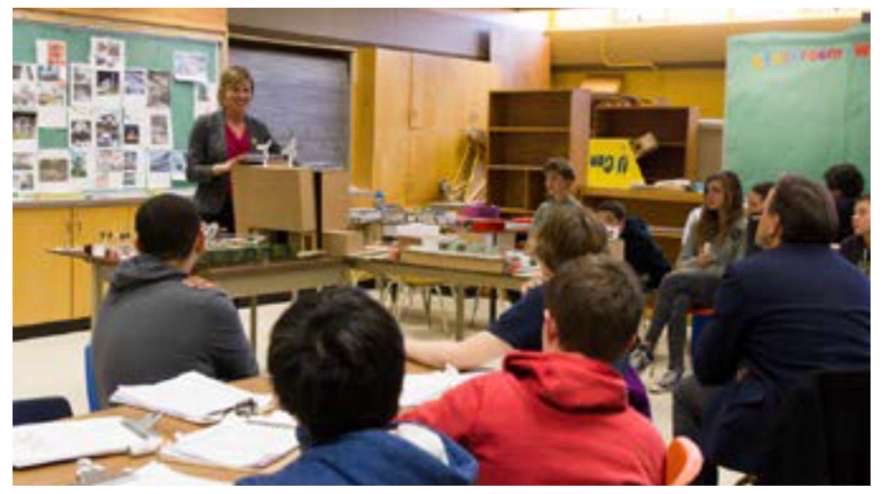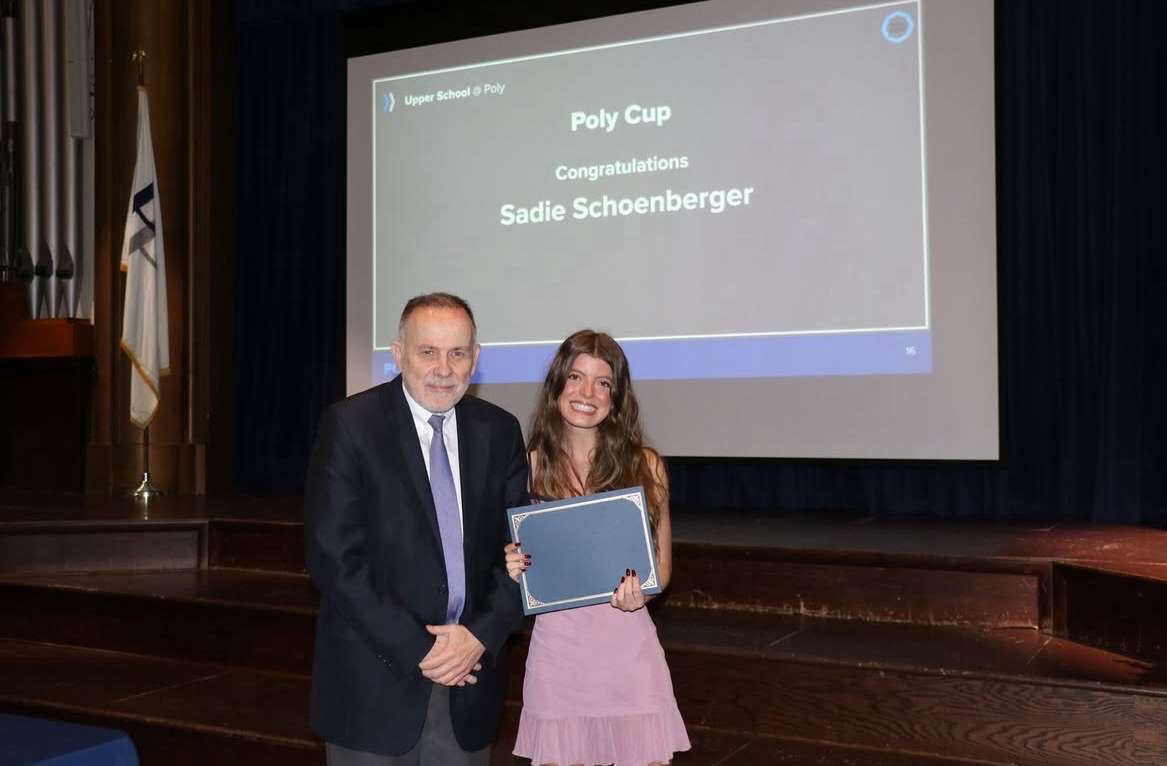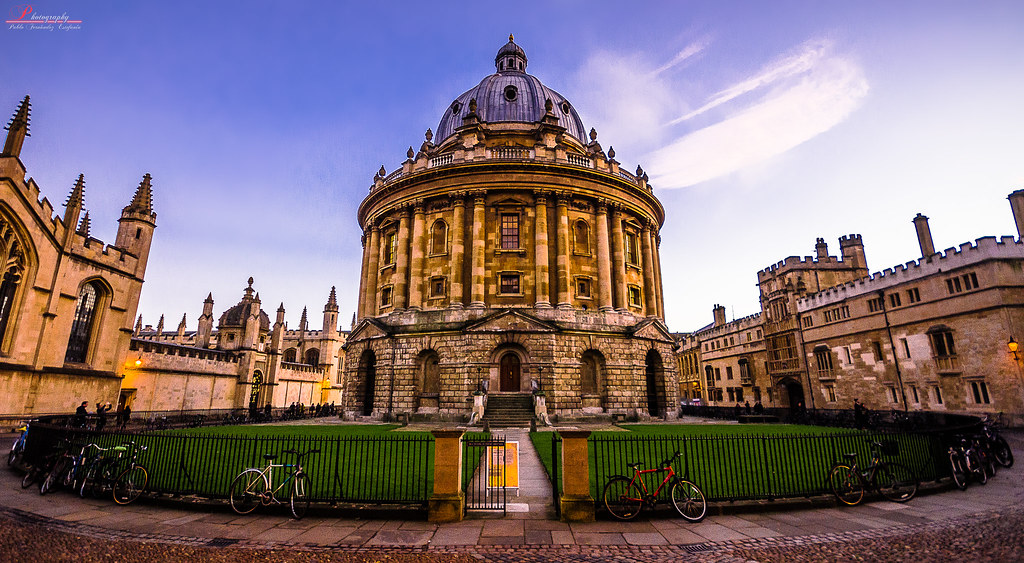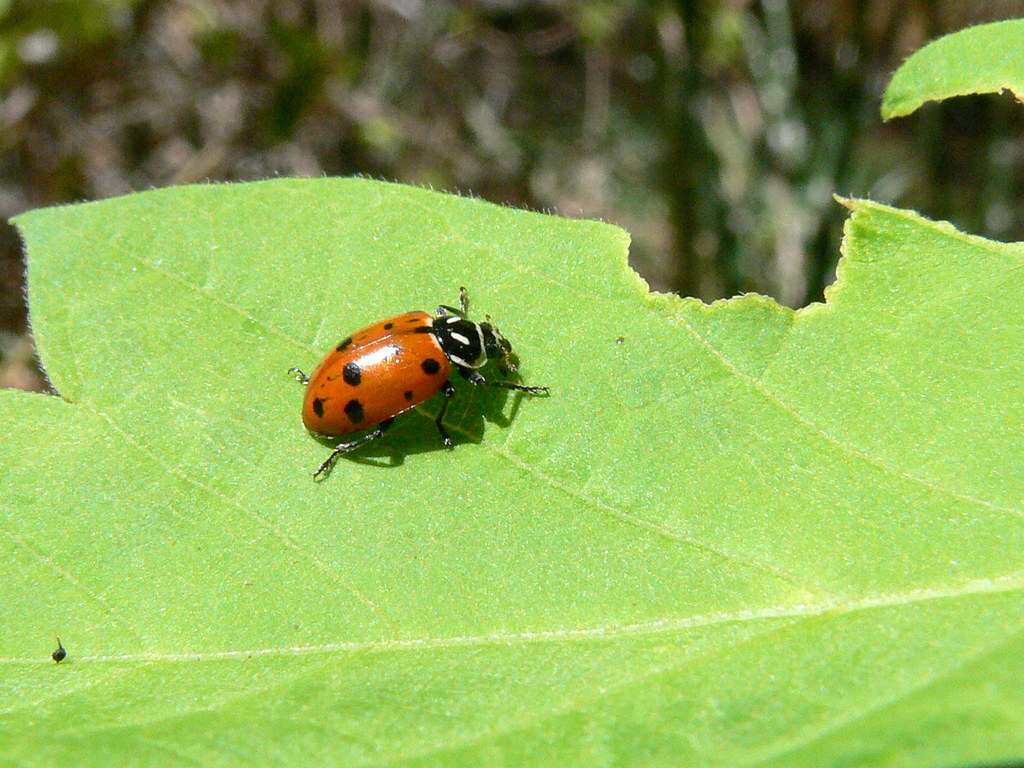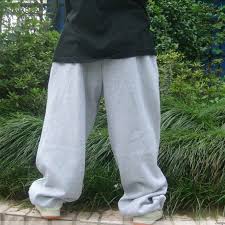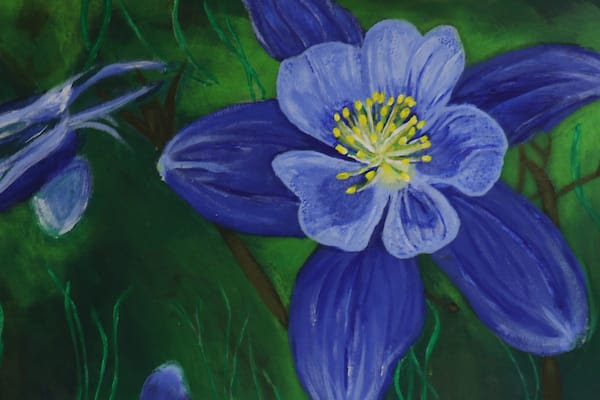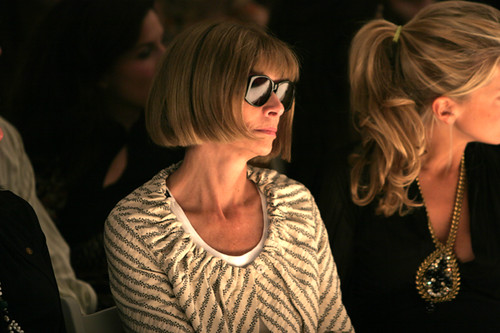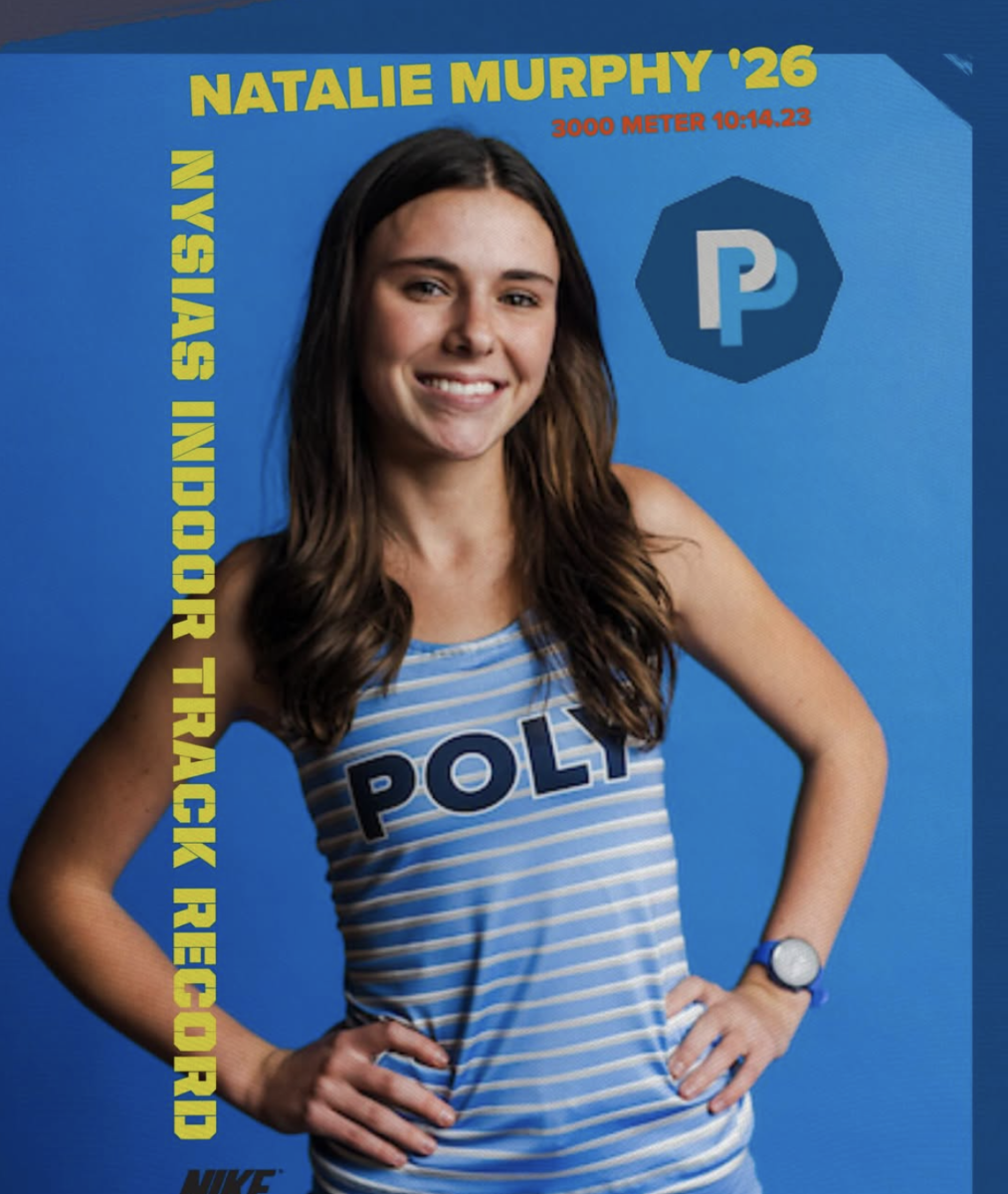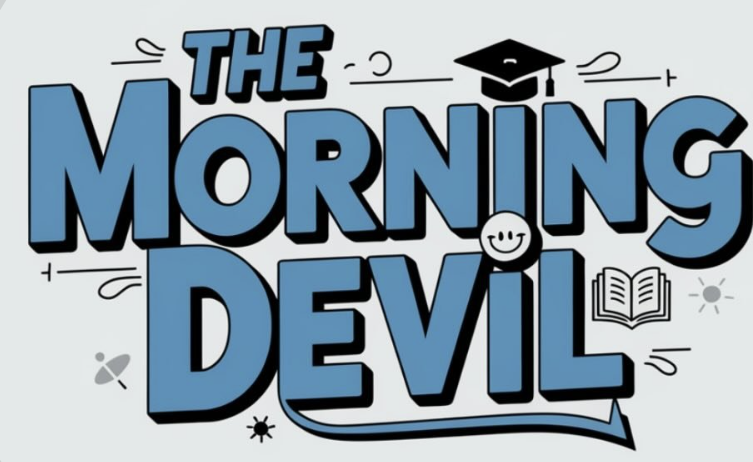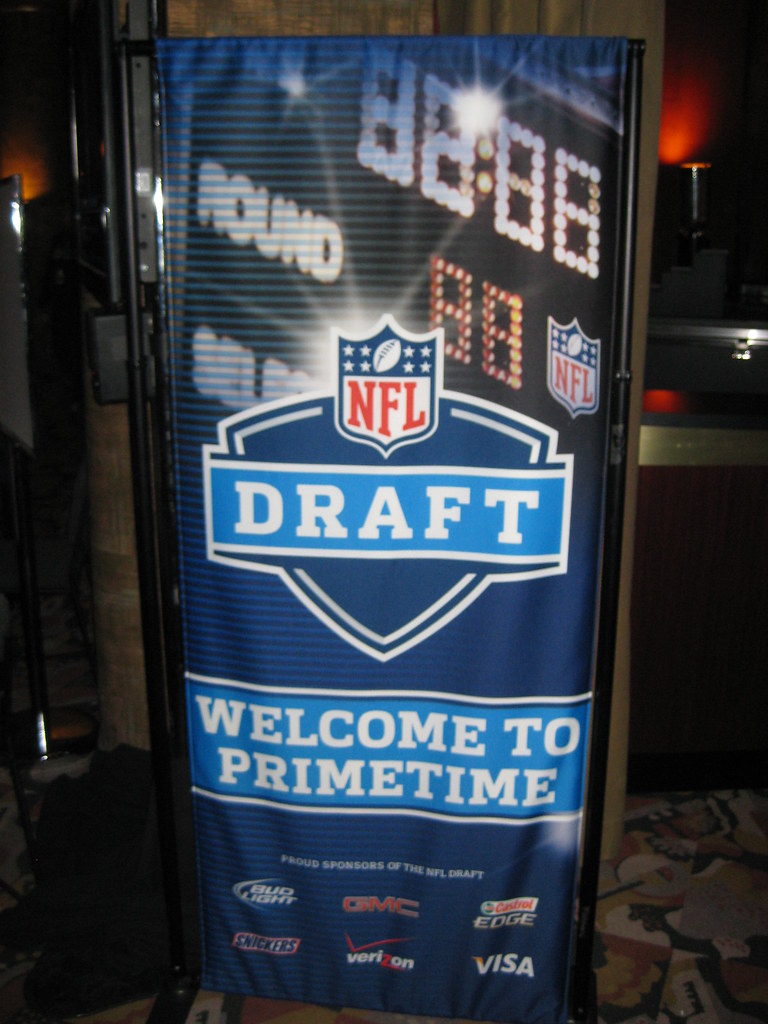Bird migrations have been prevalent since the beginning of time, but the construction of large buildings, specifically with see-through and reflecting windows, has caused an alarming increase in bird collisions. Migration season, specifically in the fall and spring, leads to many birds on Poly’s campus sustaining injuries, and sometimes even death, due to them flying into windows.
With the changing colors of fall and the blooming flowers of spring, the sky is reflected onto the plethora of windows that line buildings across the Poly campus, specifically on the windows of the Alumni building. Donna Muoio, Poly’s Director of Alumni Relations, said, “If you take a photo of the [main] side of the building as you are coming down the steps from the main entrance, you will see the reflection of the trees. That is one of the reasons why the birds could be flying into the building,” she said. “The reflection looks like a real tree to them.”
Laura Grimm, Poly’s Engagement and Communications Senior Manager, has an office on the side entrance of the Alumni building overlooking trees outside a large tinted and reflecting window. Since the beginning of the school year, Grimm has witnessed the deaths of many birds who fall victim to the death traps that we call windows. As she pointed to one of the decaying birds outside her window, Grimm explained, “When that little birdy died, it was a big smack, and he was flying with a friend. And the friend just sat on the ledge. It was horrifying.”
Grimm elaborated and said, “One of my frustrations was—how can they make this little terrace with no access?… The only way to get here is by a cherry picker, and they don’t have a cherry picker… Even if a bird comes and gets a concussion by flying into the window at 30 miles an hour, and he gets knocked unconscious, there’s no way to get to him.” Grimm thinks that if there were a way to access the injured birds, they would be able to “take them to wild bird fund” or another bird organization.
Issac Wise ’28, also had an upsetting experience with a bird outside the Alumni building. He said, “There was a little baby bird whose wing was caught in the bottom of the door. I wanted to help it, so… we picked the [bird] up with tissues, and it was barely alive. We tried to help it, but then it had already died because its wing had gotten caught.” Wise continued, saying that he was convinced the bird’s death was because it crashed into one of the reflecting windows of the Alumni building.
According to the Bird Alliance of Oregon, “Window strikes are among the top three human-related causes of bird deaths, along with cats and habitat destruction. Up to one billion birds die each year in the United States due to collisions with windows, and research shows that 54-76 percent of window collisions are fatal.”
Branching out of Poly…
Poly Alum David Lei ’06 began his profound passion for photography following his graduation from the University of Pennsylvania. Lei was interested not just in photography but also in animals and was inspired to go on an animal safari in Africa. Lei recalled, “As I expected, I enjoyed it a lot. And the other thing that I took away from it [was that] I wanted to do that more, and also, I had a lot to learn in terms of photographing wildlife. So, when I got back to New York, I started planning the next trip. And before that next trip, I wanted to practice… I took up birding in New York because that was the best way to practice.”
During the first year of COVID-19, Lei took a break from photography as a result of the lockdown. However, following the pause in Lei’s birding career, he realized how passionate he was about studying and photographing birds and nature. “During the earlier time I was getting into birding I really wanted to see a snowy owl. I tried a couple of times in the winters before COVID-19 on Long Island and didn’t have any luck. But then, low and behold, there ended up being one in Central Park. And once we kind of figured out her routines, we’d go looking for her almost every night in Central Park. That’s how I got into owls.”
Lei began to follow Flaco, a Eurasian owl who escaped the Bronx Zoo in February of 2023. The New Yorker said public attention began to focus on Flaco when the owl “spotted a hole in his cage, evidently made by a vandal, and departed. Flaco, who’d been born in captivity and whose species is not native to North America, swooped and roosted in Central Park, taught himself how to hunt—stunning scientists—and lived more than a year on his own.” Lei followed and studied Flaco throughout the next eight months until Halloween night, when Flaco disappeared.
Flaco faced a tragic death on February 23, 2024: “He was found face down in a courtyard. Flaco did fly into a window, and although the collision did result in an injury,” after closer examination, it was “discovered he did have rodenticides in his system.” Rodenticides, or rat poisons, are abundant throughout New York City due to the rats that live among people.
In remembrance of Flaco, Lei created a book with his girlfriend, Jacqueline Emery, called “Finding Flaco,” which will be available to read this December. Lei said the book already “pre-sold seven-hundred copies [and] it will be available on Amazon.” Lei added, “We wanted our [book] to be out before the anniversary of his death.” He also explained that ‘Finding Flaco’ “tells his story from beginning to end, including all of these conservation topics, like the laws that were named or renamed [in] Flaco’s honor to benefit the welfare of birds.”
Possible Solutions…
Following Flaco’s death and the increasing attention towards bird fatalities, the New York State Senate began pushing for more bird safety legislation in February of 2024. The NYS Senate website says, “The Bird-Safe Buildings Act, S.7098/A.7808, will be renamed the FLACO Act (“Feathered Lives Also Count” Act) to honor the impact Flaco had on New York City. This law will require any new or significantly altered state buildings to incorporate bird-friendly designs, particularly in their windows.”
The Poly community also has an opportunity to help prevent bird collisions from occurring as birds continue to fly into our large, reflective windows. John McGee, Poly’s Operations Coordinator, was not available to speak about the bird collisions, but there are simple ways to significantly reduce bird strikes, such as putting subtle stickers and external screens or shades on reflecting windows. Grimm recognized, “The students here have more power than you know to affect change. And this little thing with the windows can be fixed — it just takes raising it to people’s attention.”


